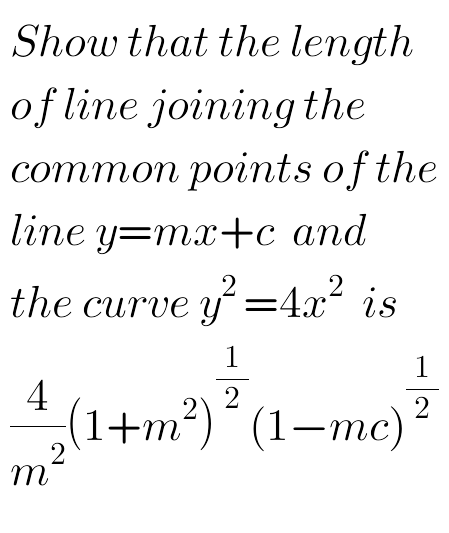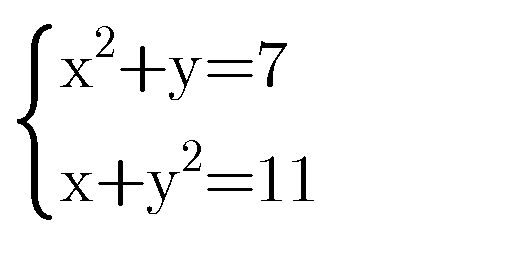
AllQuestion and Answers: Page 1327
Question Number 81704 Answers: 0 Comments: 0
Question Number 81698 Answers: 1 Comments: 1

Question Number 81692 Answers: 0 Comments: 1

Question Number 81684 Answers: 1 Comments: 1
$$\int\:\:\:\frac{{dx}}{{x}^{\mathrm{3}} \:+\:\mathrm{1}}\:\:=\:\:... \\ $$
Question Number 81720 Answers: 0 Comments: 2
Question Number 81719 Answers: 0 Comments: 1
Question Number 81674 Answers: 2 Comments: 3

Question Number 81672 Answers: 0 Comments: 3
Question Number 81664 Answers: 0 Comments: 4
Question Number 81663 Answers: 0 Comments: 2
Question Number 81657 Answers: 0 Comments: 2
Question Number 81655 Answers: 0 Comments: 0

Question Number 81654 Answers: 0 Comments: 6

Question Number 81649 Answers: 0 Comments: 6

Question Number 81648 Answers: 0 Comments: 2
Question Number 81647 Answers: 0 Comments: 8
Question Number 81636 Answers: 0 Comments: 4
Question Number 81629 Answers: 1 Comments: 0
Question Number 81615 Answers: 1 Comments: 0
$$\:\underset{\:\mathrm{0}} {\overset{\mathrm{3}} {\int}}\:{x}\:\sqrt{\mathrm{1}+{x}}\:{dx}\:= \\ $$
Question Number 81610 Answers: 1 Comments: 0

Question Number 81598 Answers: 0 Comments: 5
Question Number 81597 Answers: 0 Comments: 2
Question Number 81596 Answers: 0 Comments: 2
Question Number 81595 Answers: 0 Comments: 2
$$\mathrm{8}+\mathrm{4}+\mathrm{2}+\mathrm{1}+.....\infty= \\ $$
Question Number 81591 Answers: 0 Comments: 6
Question Number 81586 Answers: 1 Comments: 6
Pg 1322 Pg 1323 Pg 1324 Pg 1325 Pg 1326 Pg 1327 Pg 1328 Pg 1329 Pg 1330 Pg 1331
